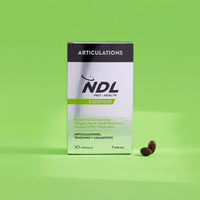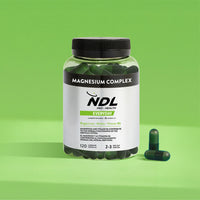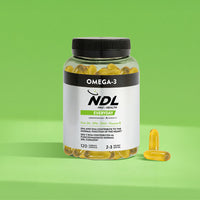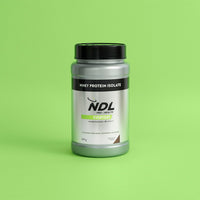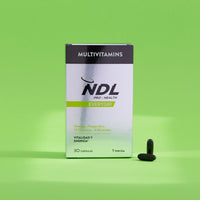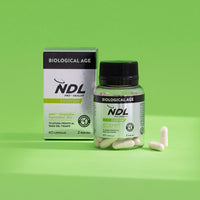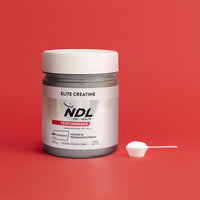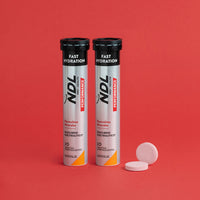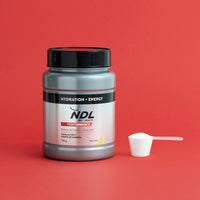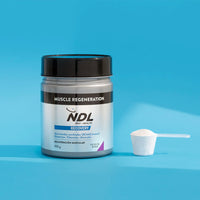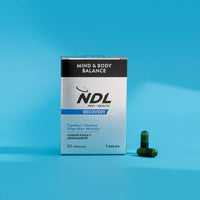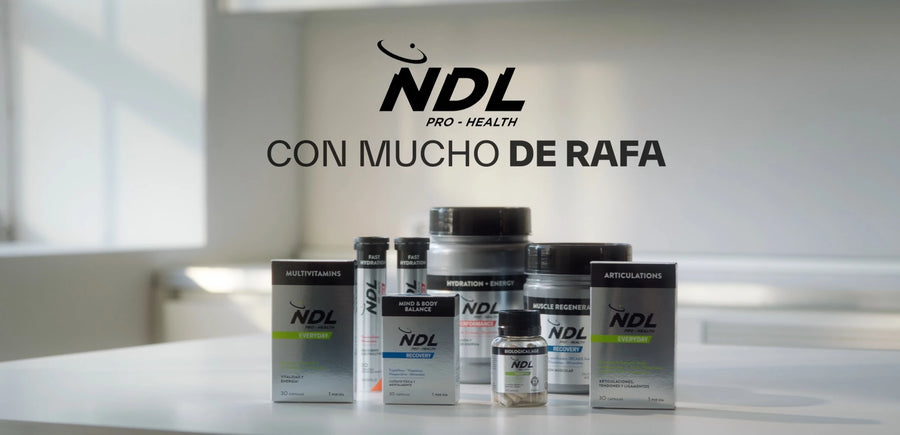Featured Products
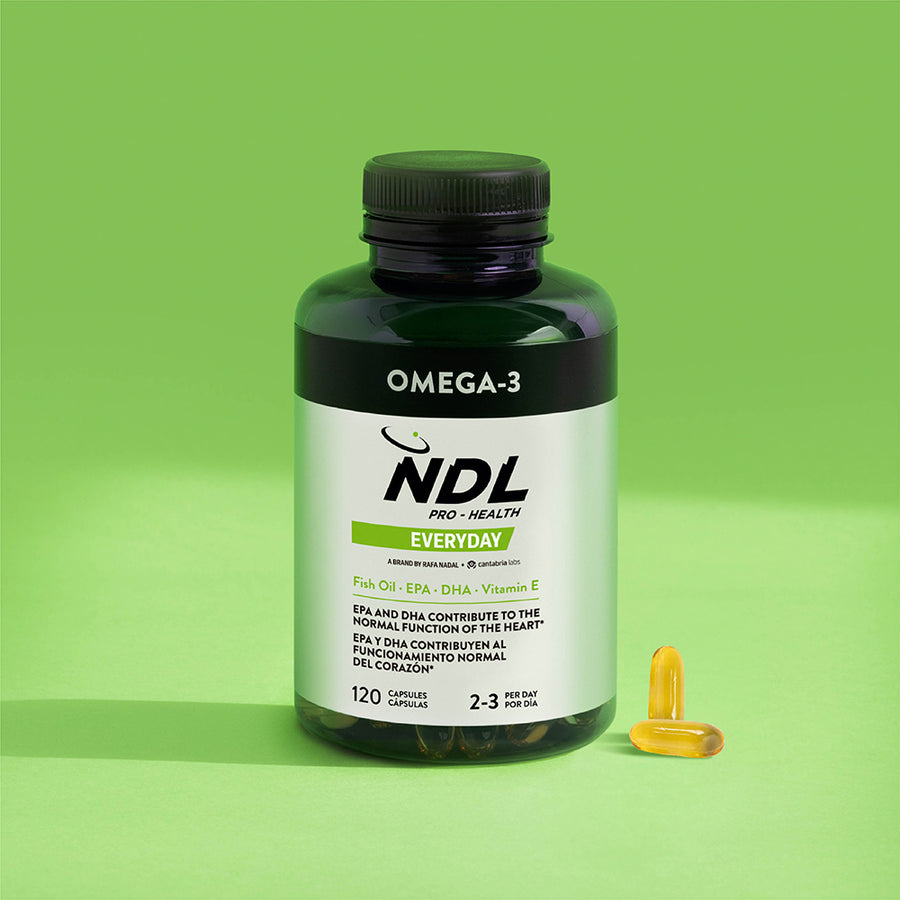
Omega-3 with Vitamin E
See productWhen we talk about maintaining a balanced diet, we usually think of proteins, carbohydrates, and vitamins. However, there's a group of nutrients that often go unnoticed and are essential for our health: essential fatty acids.
Despite what their name suggests, not all fatty acids are the same, and only a few are considered “essential” because our bodies cannot produce them on their own. This means we must obtain them through food or supplements to maintain proper bodily function.
Essential fatty acids play vital roles, from protecting the heart and improving brain health to regulating inflammatory processes and strengthening the immune system.
In this article, we explain what essential fatty acids are, why you need them, and how to include them in your daily diet in a practical and effective way.
What are essential fatty acids?
As mentioned, essential fatty acids are a specific type of fat that the body needs to function properly but cannot synthesize on its own. This makes them an essential nutrient, meaning we must get them through diet or supplementation.
These fatty acids are part of the polyunsaturated fat group, and their function goes far beyond just being a source of energy. They are involved in key processes such as forming cell membranes, regulating blood pressure, controlling inflammation, and supporting brain and heart health.
Simply put: without these fatty acids, the body cannot maintain its internal balance or perform at its best. There are two main families of essential fatty acids: Omega-3 and Omega-6, which we’ll discuss in more detail in the next section.
Main types of essential fatty acids
Among essential fatty acids, the two main types we need to know about are Omega-3 and Omega-6. Both are crucial for the human body, but it's important to maintain a proper balance between them to enjoy their benefits without negative effects.
Omega-3: the powerful anti-inflammatory ally. Omega-3 fatty acids are known for their protective effects on the cardiovascular system and the brain. They help reduce inflammation, control triglyceride levels, support cognitive function, and maintain healthy skin. The most important ones in this family include:
- ALA (Alpha-linolenic acid): found in flaxseeds, chia seeds, and walnuts.
- EPA (Eicosapentaenoic acid) and DHA (Docosahexaenoic acid): mostly found in fatty fish such as salmon, mackerel, or sardines.
Although ALA is a plant-based source, our bodies convert only a small amount into EPA and DHA, which is why it’s often recommended to get these more active forms directly through diet or supplements.
Omega-6: necessary, but in balance. Omega-6s, such as linoleic acid, are also essential. They play roles in energy production, skin health, cell reproduction, and immune response. They're found in many plant-based foods, especially in vegetable oils (sunflower, corn, soybean) and in nuts and seeds.
Although they are necessary, the issue is that the modern diet tends to be high in Omega-6 and low in Omega-3, which can contribute to chronic inflammation if not properly balanced.
What’s the difference between Omega-3 and Omega-6?
Both Omega-3 and Omega-6 are essential fatty acids and play important roles in the body. The key is in how they interact and in what proportion we consume them.
Omega-3 fatty acids help reduce inflammation, protect the heart, benefit the nervous system, and support better muscle and brain recovery. They are especially important for people with active lifestyles, athletes, or those looking to support cognitive health as they age.
On the other hand, Omega-6s are also necessary, but they tend to promote inflammatory processes when consumed in excess—especially when not balanced with adequate Omega-3 intake. This inflammation can be linked to various health issues, such as cardiovascular diseases, autoimmune disorders, or hormonal imbalances.
The ideal balance: it is estimated that the optimal Omega-6 to Omega-3 ratio should be around 2:1 or 4:1. However, in today’s Western diet, this ratio can reach 15:1 or even 20:1, which promotes chronic inflammation and metabolic imbalance.
What happens if you don’t consume essential fatty acids?
As the name implies, these fatty acids are essential for life. If you don’t consume enough, your body may begin to show various symptoms and imbalances that affect vital functions.
Common deficiency symptoms: dry, scaly, or eczema-prone skin; hair loss or brittle nails; persistent fatigue; difficulty concentrating or remembering; unexplained joint or muscle pain; long-term cardiovascular issues; or a weakened immune system.
Why does this deficiency occur?: it often doesn’t stem from a lack of total fat intake, but rather from the poor quality of fats consumed. Many people eat large amounts of processed fats (rich in Omega-6 and trans fats) and very few Omega-3-rich foods.
Additionally, some factors increase the need for essential fatty acids: restrictive or poorly planned vegetarian/vegan diets, high physical activity levels, pregnancy and breastfeeding, or inflammatory or metabolic diseases.
How much do we need per day?
Essential fatty acid needs vary depending on age, sex, health status, and lifestyle. Still, there are general recommendations that serve as a guide for most people.
According to organizations such as the European Food Safety Authority (EFSA) and the World Health Organization (WHO):
- Healthy adults: at least 250–500 mg daily of EPA + DHA (long-chain Omega-3s).
- People with cardiovascular risk or athletes: doses may increase to 1000–2000 mg daily, always under professional supervision.
As for ALA (plant-based Omega-3), around 1.1 to 1.6 grams daily is recommended, although, as mentioned earlier, the conversion to EPA and DHA is very limited.
Omega-6 is so prevalent in the Western diet that supplementation is rarely necessary. The focus should be on avoiding excess intake and balancing it with a good intake of Omega-3s.
In conclusion, essential fatty acids—especially Omega-3 and Omega-6—are key pieces in the puzzle of our health. From the brain to the heart, including the skin, joints, and immune system, their influence is profound and ongoing.
However, in today’s modern lifestyle, full of stress, processed food, and lack of time, it’s very easy to fall into imbalances that may lead to inflammation, fatigue, or general discomfort without knowing why. That’s why taking care of the balance between Omega-3 and Omega-6 is not just a nutritional recommendation but an investment in your daily and long-term well-being.
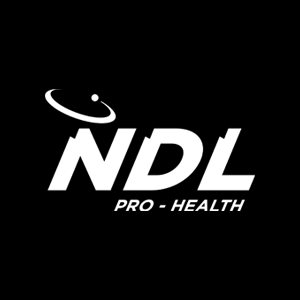
From the NDL Pro-Health team we will provide you with tips to maintain a healthy lifestyle. Sharing knowledge and product recommendations to offer optimal solutions for your daily routine, for your workouts and subsequent recovery, all with the goal of helping you achieve physical and mental wellness.

